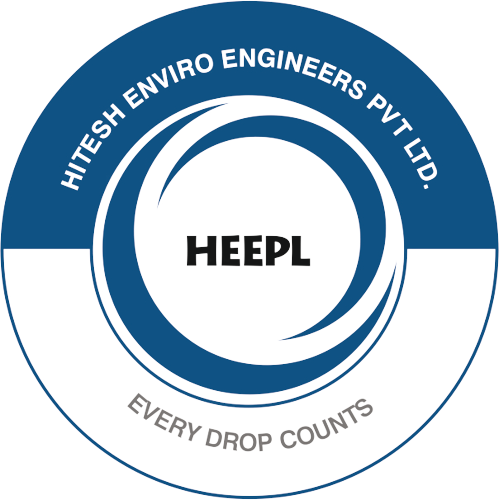Artificial Intelligence (AI) has the potential to revolutionize various aspects of sewage treatment plants (STPs) by enhancing efficiency, optimizing processes, and improving overall performance. Here are some ways AI can be utilized in STPs:
1. Predictive Maintenance: AI can be used to monitor equipment and systems in real-time, analyzing data from sensors to predict when maintenance is required. This proactive approach helps prevent breakdowns and reduces downtime, ensuring continuous and efficient operation of the STP.
2. Process Optimization: AI algorithms can analyze data from various stages of the sewage treatment process, such as screening, sedimentation, biological treatment, and disinfection. By processing this data, AI can optimize the entire treatment process, ensuring the best possible treatment efficiency and resource utilization.
3. Energy Efficiency: AI can help in reducing energy consumption within STPs by optimizing pump operations, aeration processes, and other energy-intensive components. This results in cost savings and a more sustainable sewage treatment process.
4. Anomaly Detection: AI can identify abnormal patterns in data, such as sudden changes in influent characteristics or unusual system behavior. Early detection of anomalies allows operators to take corrective actions promptly and prevent potential issues.
5. Water Quality Monitoring: AI-powered sensors can continuously monitor the quality of treated water, detecting any potential pollutants or contaminants. This ensures that the treated water meets required standards before it is discharged or reused.
6. Optimal Chemical Dosage: AI can determine the optimal dosage of chemicals used in the treatment process, such as coagulants and disinfectants, based on real-time influent conditions. This improves the treatment process’s effectiveness while minimizing chemical usage and costs.
7. Real-time Data Analysis: AI can process and analyze vast amounts of data generated by STP operations, providing operators with actionable insights and visualizations in real-time. This allows for better decision-making and faster responses to changing conditions.
8. Capacity Planning: AI can analyze historical data and predict future sewage flow rates and treatment requirements. This helps in planning and optimizing STP capacity to accommodate growing urban populations and changing environmental conditions.
9. Remote Monitoring and Control: AI-enabled systems can facilitate remote monitoring and control of STPs, allowing operators to manage the plant from a centralized location. This can be particularly beneficial for plants located in remote or hazardous areas.
10. Regulatory Compliance: AI can assist in ensuring STPs adhere to environmental regulations and standards by continuously monitoring and analyzing process data. This helps STPs to avoid non-compliance penalties and maintain environmental sustainability.
Overall, the integration of AI in sewage treatment plants can lead to improved operational efficiency, reduced operational costs, better resource management, and ultimately, more sustainable wastewater treatment processes.

